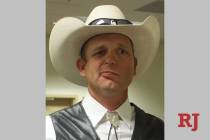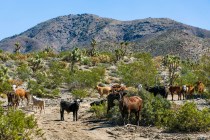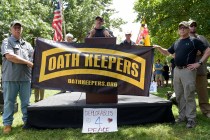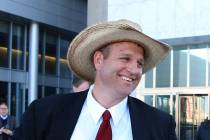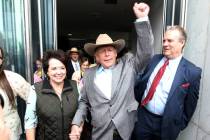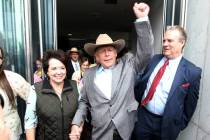Nevada ranchers fight feds for survival in changing times

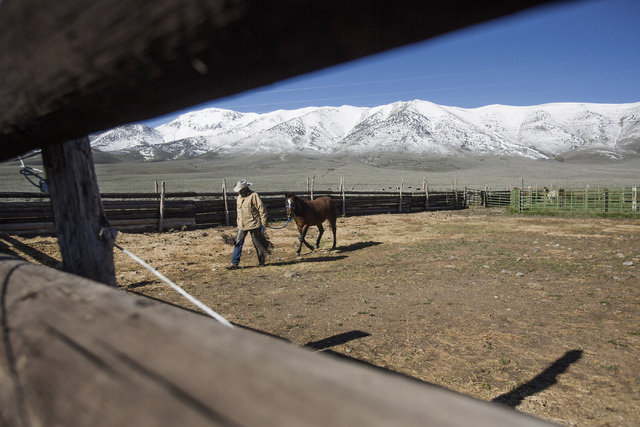
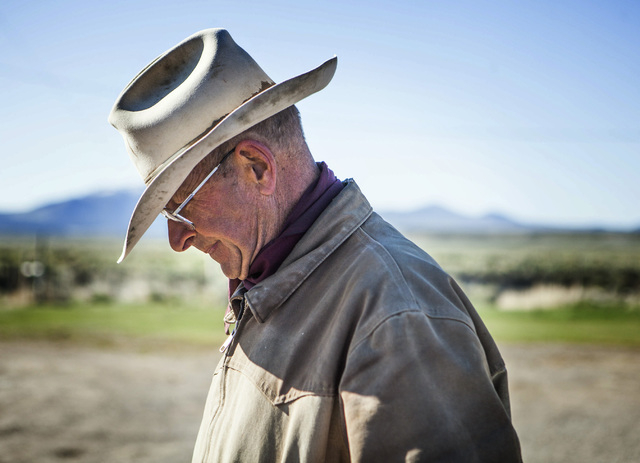
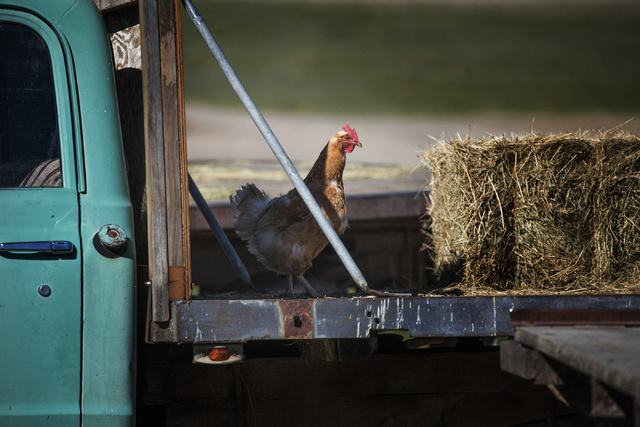
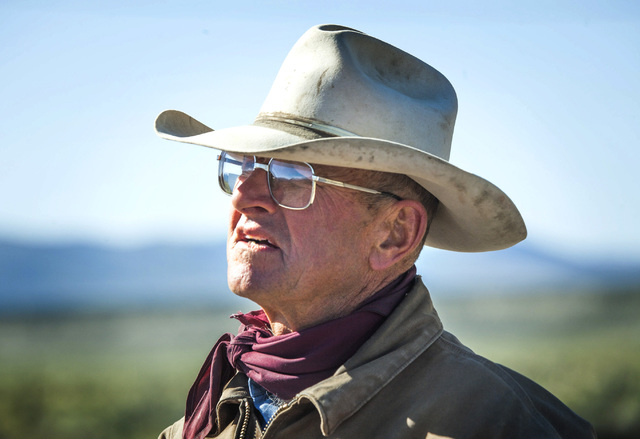
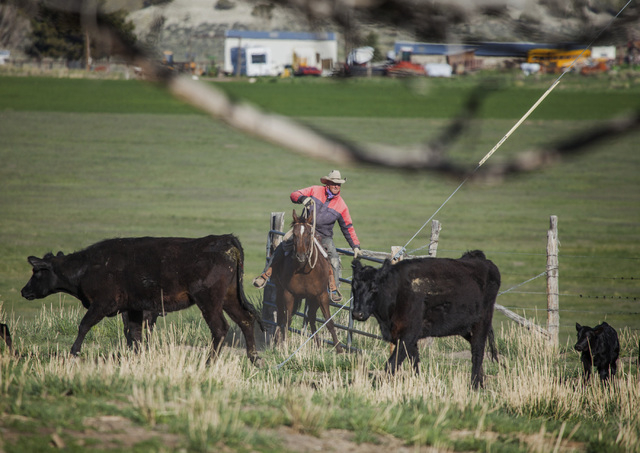
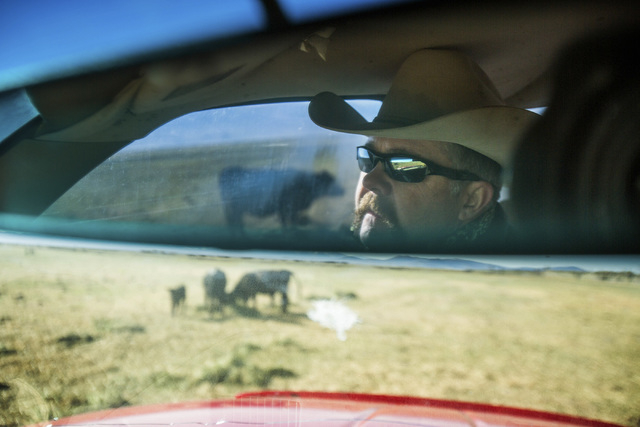



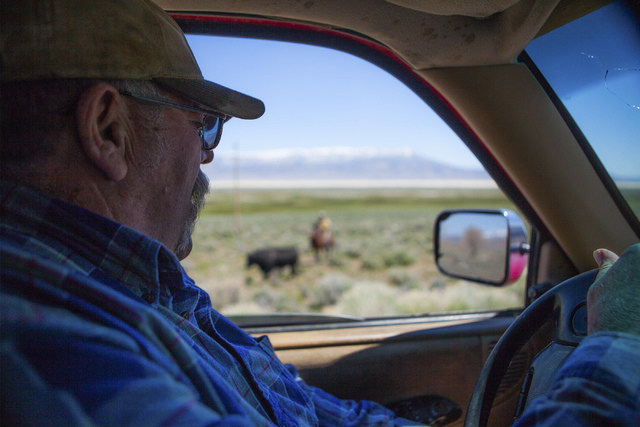


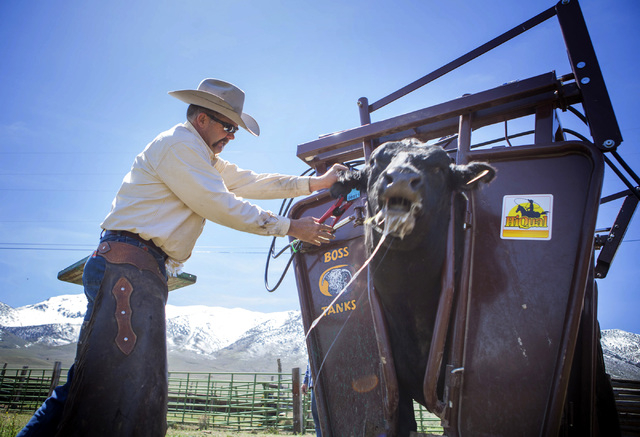
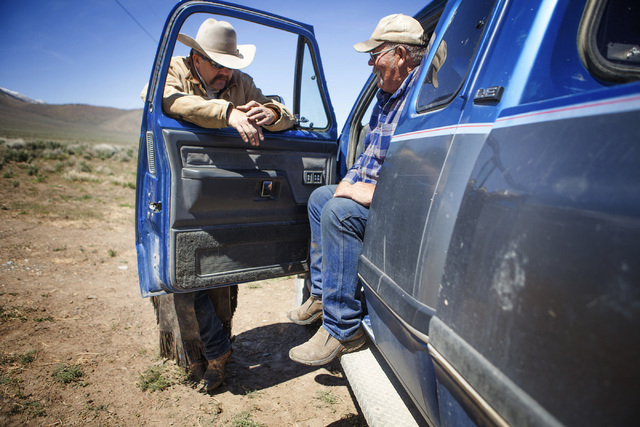

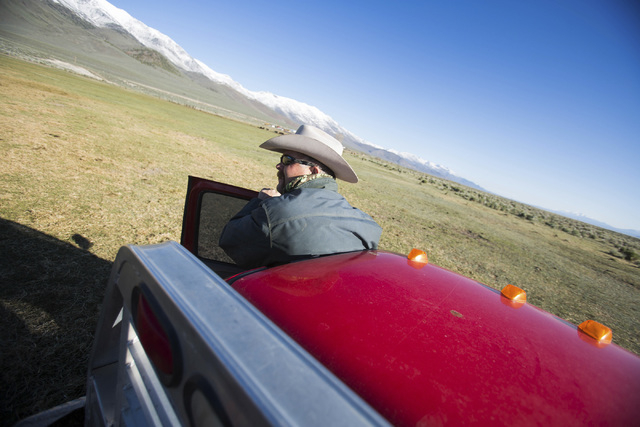

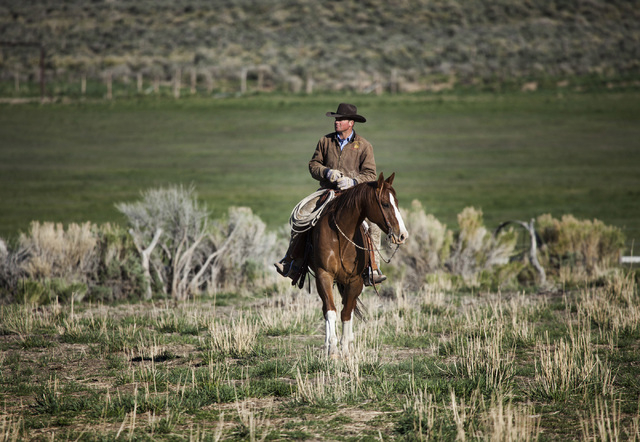
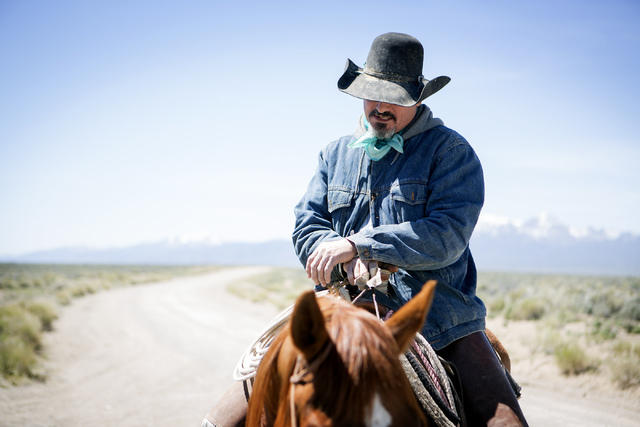
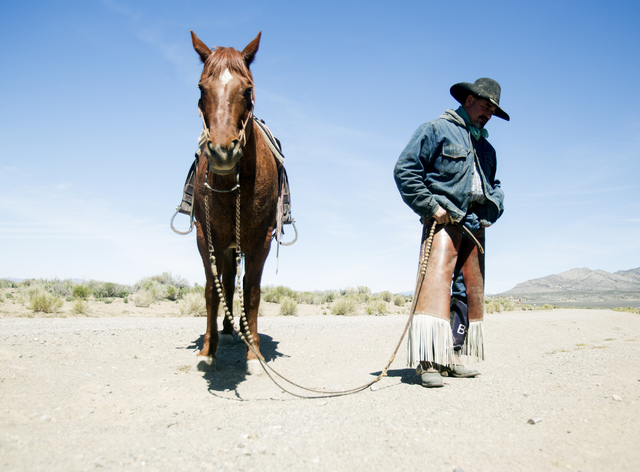
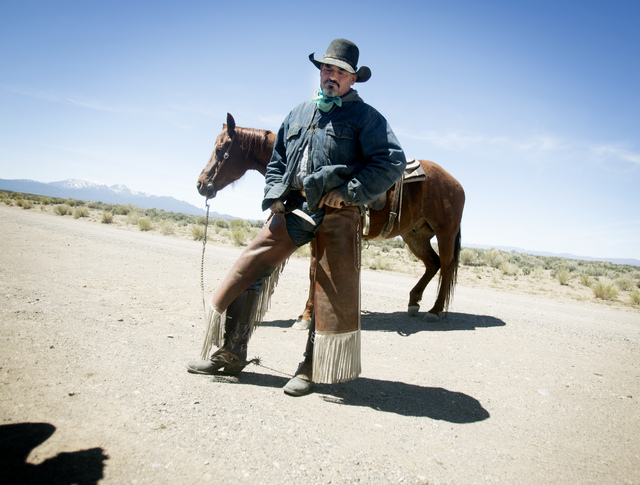


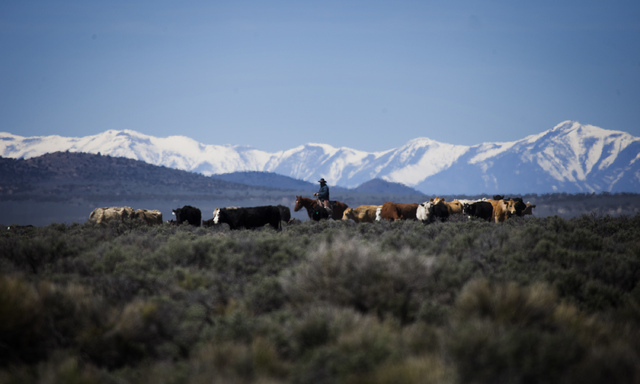
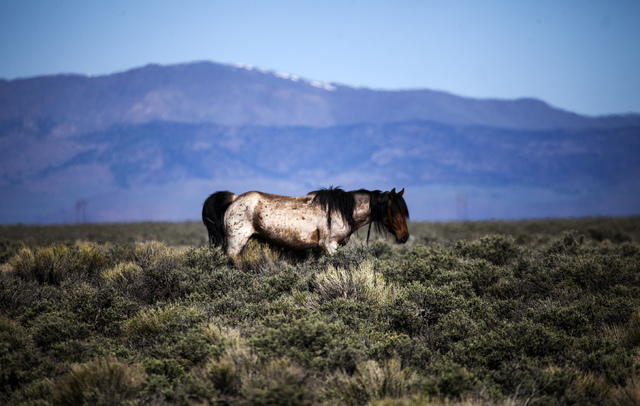
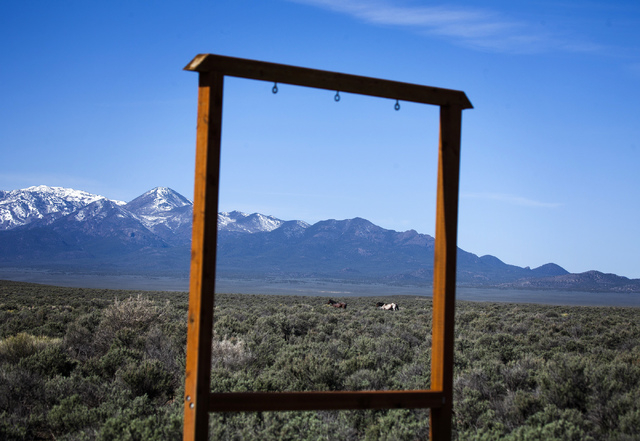
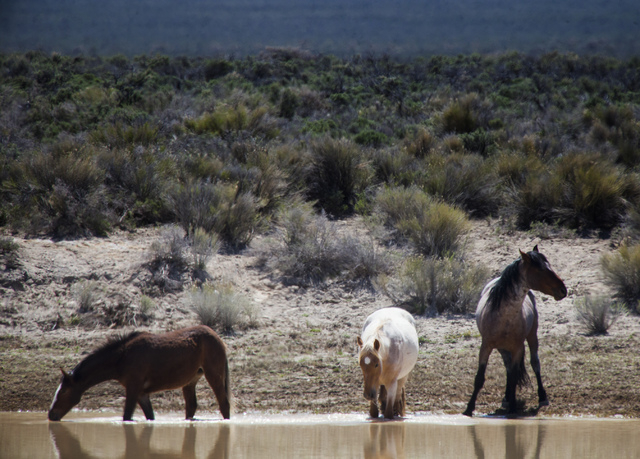

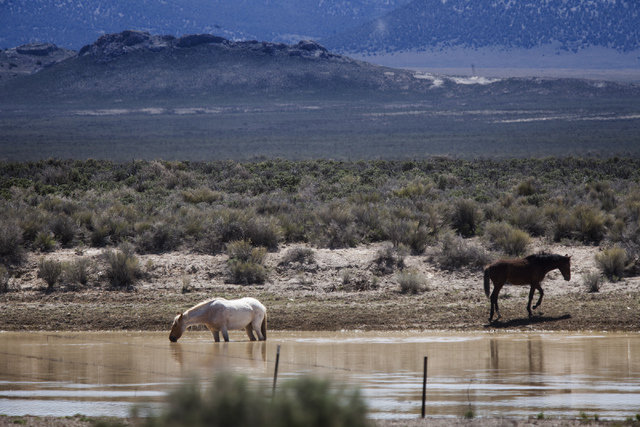
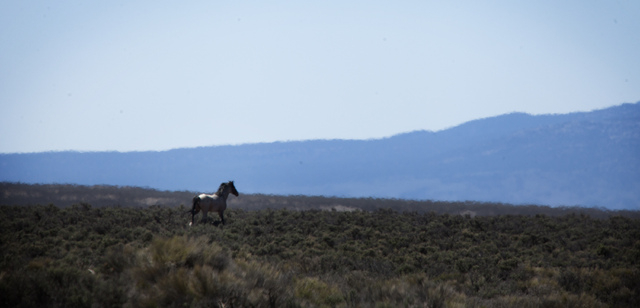
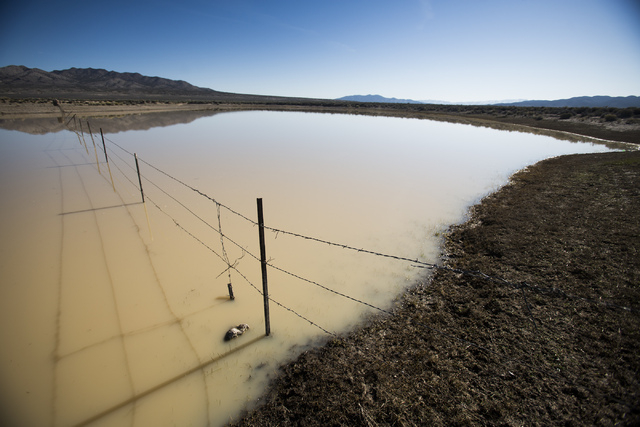


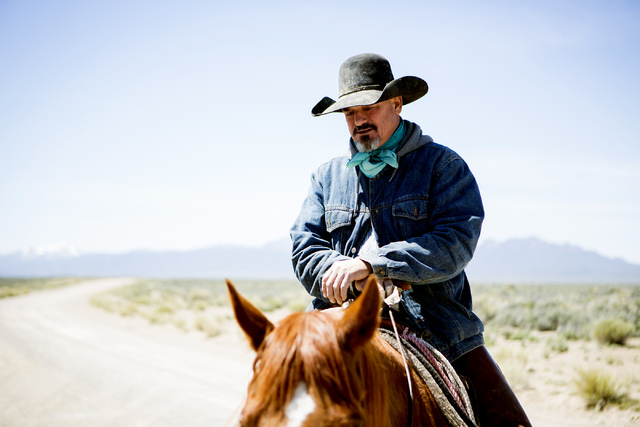
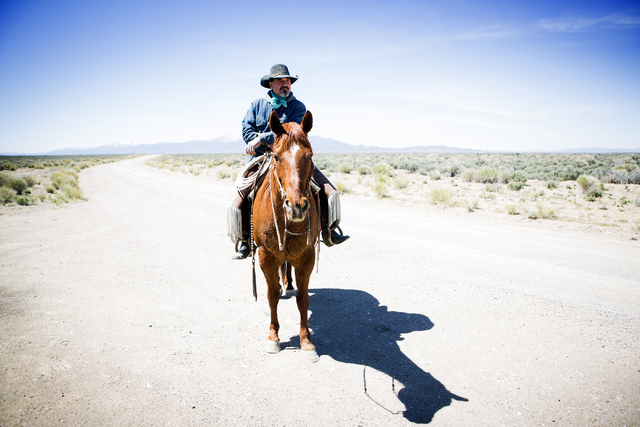


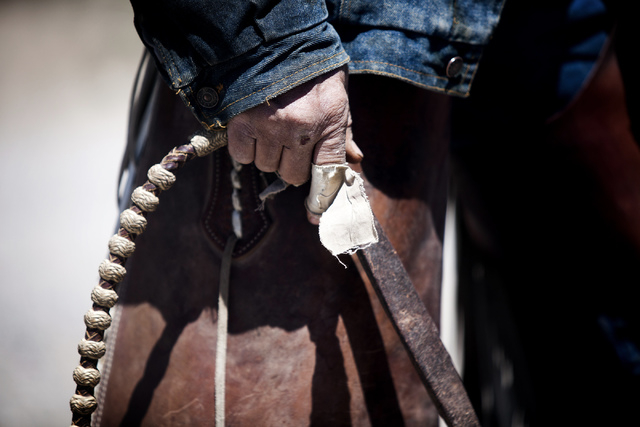
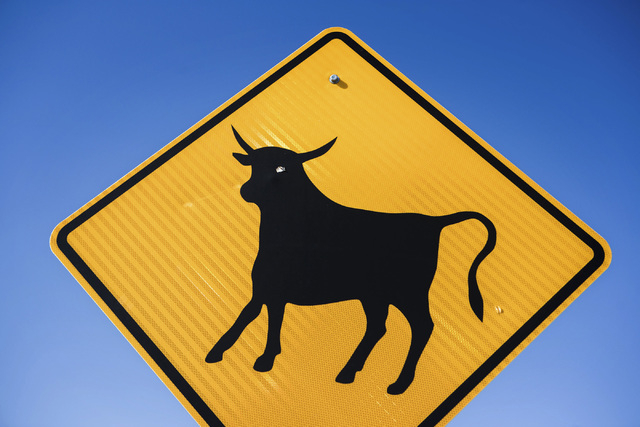
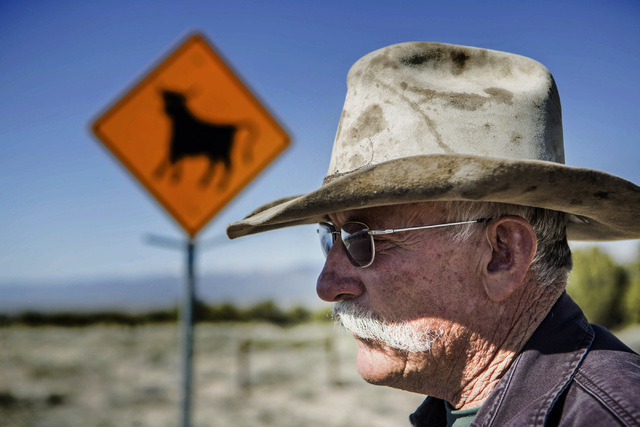



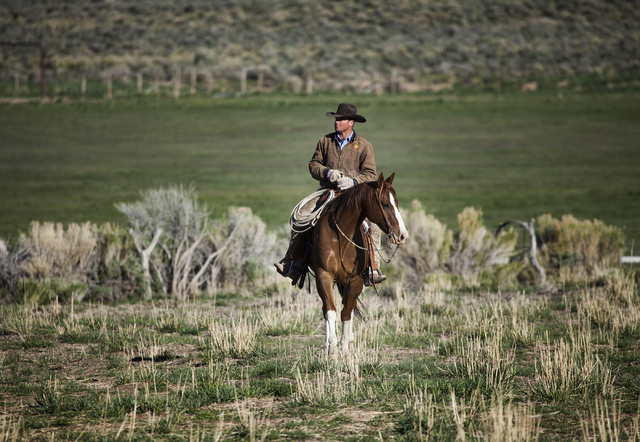


EUREKA
Cliven Bundy might be Nevada’s most well-known rancher now, but he’s not the only one trying to eke out a living on dry, inhospitable rangeland.
Ranching on federal public lands is diminishing, and remaining ranchers in Nevada and throughout the West have become a hardy breed of survivors in changing times. Like the generations of ranchers before them, they deal with disease in cattle, swings in beef prices and drought.
In the past couple of decades, their work and way of life have faced growing threats: increased red tape from the federal government, reductions to their herd sizes and resistance from federal officials who fret about lawsuits from powerful environmentalist groups.
The numbers are telling. Nevada has 797 grazing allotments for ranching on 43 million acres of public lands overseen by the Bureau of Land Management. The BLM has given 2 million animal-unit months, or AUMs, to Nevada ranchers. One AUM allows a head of cattle, or a cow and its calf, to graze for one month on public lands.
But permitted grazing has dropped dramatically on public lands in Nevada and elsewhere. In 1954, ranchers in the West had 18.2 million AUMs from the BLM. The figure is now less than half that: 7.9 million.
The ranchers feel squeezed. And while they pay their grazing fees and the nonranching public considers Bundy an extremist, the ranchers also sympathize with Bundy, a fellow cattleman who has said “enough.”
Bundy quit paying grazing fees to the BLM in 1993 in a dispute over range restrictions for the desert tortoise that limited his grazing activity on public lands near Bunkerville. This conflict widened when the agency started rounding up his cattle, before prematurely calling off the effort. It culminated April 12 with a standoff between armed federal agents and protesters, including armed militia members, who backed Bundy.
Still, the ranchers see him as more of a victim of a changing tide of the same forces they contend with and less of a deadbeat that his critics paint him to be.
CHANGING RANGE
Ranching in Nevada is often passed down from generation to generation. Some ranches have more than 100 years of history behind them. The demands of the job — from working cows in the early hours of the morning, to toiling in all climates, to living in remote areas — still make ranching more of a way of life than a 9-to-5 job, even as the world around cattlemen has changed.
Several decades ago, ranchers had a simpler relationship with the BLM. The agency focused more on traditional land uses such as grazing and mining instead of preservation of land and species.
In Eureka County, ranchers in their 60s remember from their boyhood days when BLM staff and cattlemen were friendly enough to ride out together on roundups.
But hopes of passing his ranch down to the next generation might be difficult to realize for Kevin Borba. A 48-year-old from California, Borba bought a $1.5 million ranch in Eureka County in 2012, only to have his grazing permit reduced on an allotment. Instead of 415 head of cattle, it has dropped to 140.
“We’ll be out of business,” Borba said. “It will just be the end of it.”
He has hired an attorney to fight the change, but absent a victory, it would mean the bitter end of a Nevada dream.
Borba is no Cliven Bundy, but he supports Bundy and understands where the Bunkerville rancher is coming from.
Bundy’s conflict was sparked when the BLM tried to limit grazing activity and keep his herd size down as part of restrictions to protect to the desert tortoise. Instead of agreeing, he quit paying fees and kept several hundred cows on his allotment.
Nor are they alone.
Jim Baumann, 69, a Eureka County rancher, has a herd size of about 160. It was once about 300 and is down some because of BLM restrictions and some because of the drought.
He points to a variety of factors that make ranching more difficult. If a rancher wants to put in a water pipe, $30,000 for an environmental assessment is needed first, he said.
That’s enough to stop a project in its tracks, Baumann said.
Also, movements of cattle are restricted, forcing ranchers to feed hay to cattle and eat at profits in months when cattle may have grazed the range in years past.
“They’re just squeezing us on all sides, really,” he said.
Baumann said persuading BLM officials to see ranchers’ arguments — even when supported by data — is difficult if not impossible.
“Mostly, they like to just regulate us all out of business, and that’s what they’re working on,” he said.
Driving his truck through his allotment with a Review-Journal reporter and photographer, Baumann acknowledged that the lands could one day have even fewer cattle.
His way of life on Nevada’s range might well become a thing of the past.
“It’s heading that way,” he said. “It could be that very little public land grazing will ever happen; and if you have to go private, there won’t be very many cows left.”
STATE MANAGEMENT
Ranchers long for a day when their livelihood doesn’t rest in the hands of a federal agency. To that end, the Nevada Public Land Management Task Force could play a role in finding a long-term answer.
The task force, created by the 2013 Legislature to examine the workability of the state taking control of some federal land in Nevada, would like to start with some 4 million acres, much of it along the original railroad corridor that crosses Northern Nevada.
That’s less than 10 percent of Nevada’s public lands, and even that would take an act of Congress.
For now, the task force will craft state legislation that the Legislature can consider as a way to make a statement to Congress, said J.J. Goicoechea, a Eureka County commissioner and rancher who sits on the task force.
Goicoechea stressed the goal isn’t for Nevada to get all its lands under state management quickly. It’s a job that will take decades to accomplish.
“If, by the time my young daughters are my age, we’ve got half of these federal lands under state control, I’ll be happy,” the 40-year-old rancher said. “We can’t do this overnight.”
The ramifications of such an effort would extend beyond ranchers. There are federal lands marked for solar and geothermal development, and the task force’s study estimates the initial 4 million acres would generate $31 million to $114 million in revenue a year to the state from the sales and lease of the lands’ resources, including mining and grazing.
That’s the biggest boon, he said, and the money would go to schools and aid future generations.
In general, ranchers say they support the prospect of state management, saying it would be better to deal with government officials who answer to an agency headquartered in Carson City than in Washington, D.C.
But it wouldn’t guarantee an easy ride. Now, for example, a rancher pays the BLM $1.35 an animal-unit a month for grazing on public lands.
Under state management, those costs could increase several times beyond that. Goicoechea said that prospect gives some ranchers mixed feelings about the idea.
The task force isn’t trying to put every parcel of federal land under state control. For example, it is not pursuing Bureau of Indian Affairs lands or national parks.
Environmental groups are critical of the idea. Rob Mrowka, a senior biologist with the Center for Biological Diversity, said his organization would generally be opposed to the proposal.
Federal public lands are a “national treasure that’s an envy of people around the world,” he said. As such, it’s important that the lands not be exploited by a few for profit, he said.
Mrowka disagrees with the contention that the BLM is a distantly operated agency that makes decisions from Washington, D.C. The agency is decentralized with district and field offices that operate with locals, he said.
At the same time, problems with the BLM — which is known for being withdrawn — and the need to fix those problems shouldn’t be confused with the debate for state management, he said.
RANCHING STRUGGLES
Cattle is still a big business in Nevada, but it’s not a growing business.
The state’s inventory of cattle and calves stands at 455,000 head, according to the Nevada Department of Agriculture figures. That’s down from a historical high of 700,000 in 1982, according to state data.
Earlier years were kinder for cattlemen in Nevada and throughout the United States. Fueled by the high demand for meat to feed the fighting GIs in World War II, the state’s cattle industry kicked into high gear. Nevada’s cattle inventory grew from 395,000 in 1941 to 485,000 in 1945.
Some of the drop can be attributed to increased regulations, including the drop in animals allowed on public lands, said Flint Wright, the animal industry administrator for the Nevada Department of Agriculture. Without the regulations, the state could have an inventory of 500,000 cattle, he said, adding that there’s a concern in the industry the count will continue to drop.
The allotment system doesn’t simply give a rancher free rein to run cows at will. The system allows the BLM to cut back on the herd size and dictate when cattle can and cannot be on the range.
Allotments can be sold from one rancher to another, with property attached. As such, ranches in Nevada and much of the West are often small in deeded acreage that the rancher owns — that land is used as a home base near BLM land where grazing is allowed.
If a rancher wants to improve the public land, be it a fence or water line for thirsty cows, an environmental assessment and permit are needed. The process can take years as federal officials decide if it will harm the threatened sage-grouse and desert tortoise or whatever other critters might be nearby.
Disagreement about when to let cows on the range might force a rancher to feed them hay, adding thousands of dollars to costs.
“We look at a very long-term strategy of keeping the resources protected,” said Erika Szlosek, a BLM spokeswoman. “A lot of times that can bring challenges for people who are trying to make a living and looking at the situation in a more short-term fashion.”
She said the agency’s time to get permits approved and complete environmental studies is driven by limited staffing and funding.
Goicoechea and other ranchers point out that they rely on the range for their livelihood year after year and in many cases have for generations. So ranchers get a little testy if a BLM official keeps them away from a range and they think it’s ready for cows.
“We need that flexibility,” the fourth-generation rancher said. “I’m sorry. Nobody knows better than us — not some kid that went to school that came out with a range specialist degree.”
‘WORTH IT’
As for Bundy, he is far from a pariah in the ranching world. Environmentalists have painted him as a freeloader who didn’t pay his grazing fees or follow the rules like other ranchers have done.
But ranchers who do pay fees say his case is complicated. Bundy quit paying after the BLM’s range restrictions in 1993 to protect the desert tortoise would have limited grazing activity and cut his herd size too small to make a decent living.
Goicoechea said he sympathizes with Bundy, noting his herd size was reduced and ranching has become all but extinct in Clark County.
But, he added, “He was not paying grazing fees. We really can’t allow that either. That needs to be played out in the court system.”
As for Borba, he is rooting for Bundy. But with the work of his ranch keeping him in Eureka, he doesn’t have time to make the trek to Bunkerville.
“I’m all for that guy, and I wish I didn’t have to be here, because I’d be there helping him. And the whole deal is they might end up putting that man out of business, putting me out of business. But if it saves one rancher who wants to ranch, it’s worth it.”
Contact Ben Botkin at bbotkin@reviewjournal.com or 702-387-2904. Find him on Twitter @BenBotkin1.




